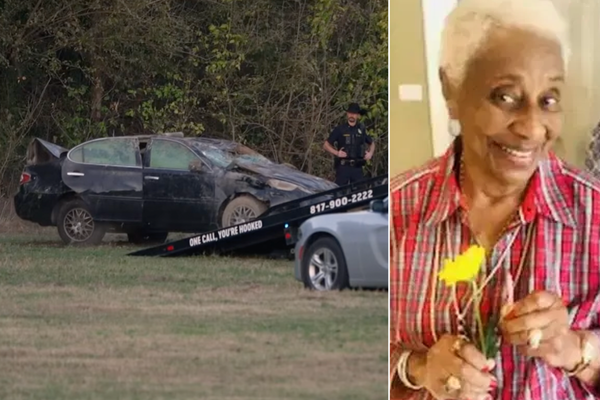
Pruning benefits the health and aesthetics of trees when done properly. However, it is not a simple task and bad tree pruning has the potential to cause lots of damage, and even result in the ultimate demise of a tree.
Any pruning mistakes are going to cause wounds and can put the tree at an increased risk of harm. Knowing the tools and techniques for correct tree pruning equips you with the skills to avoid causing unnecessary damage to a tree.
To help you make better decisions, and avoid falling foul of improper tree pruning, we hear from experts about tree pruning mistakes to avoid and they reveal some rules to follow to get the job done right.
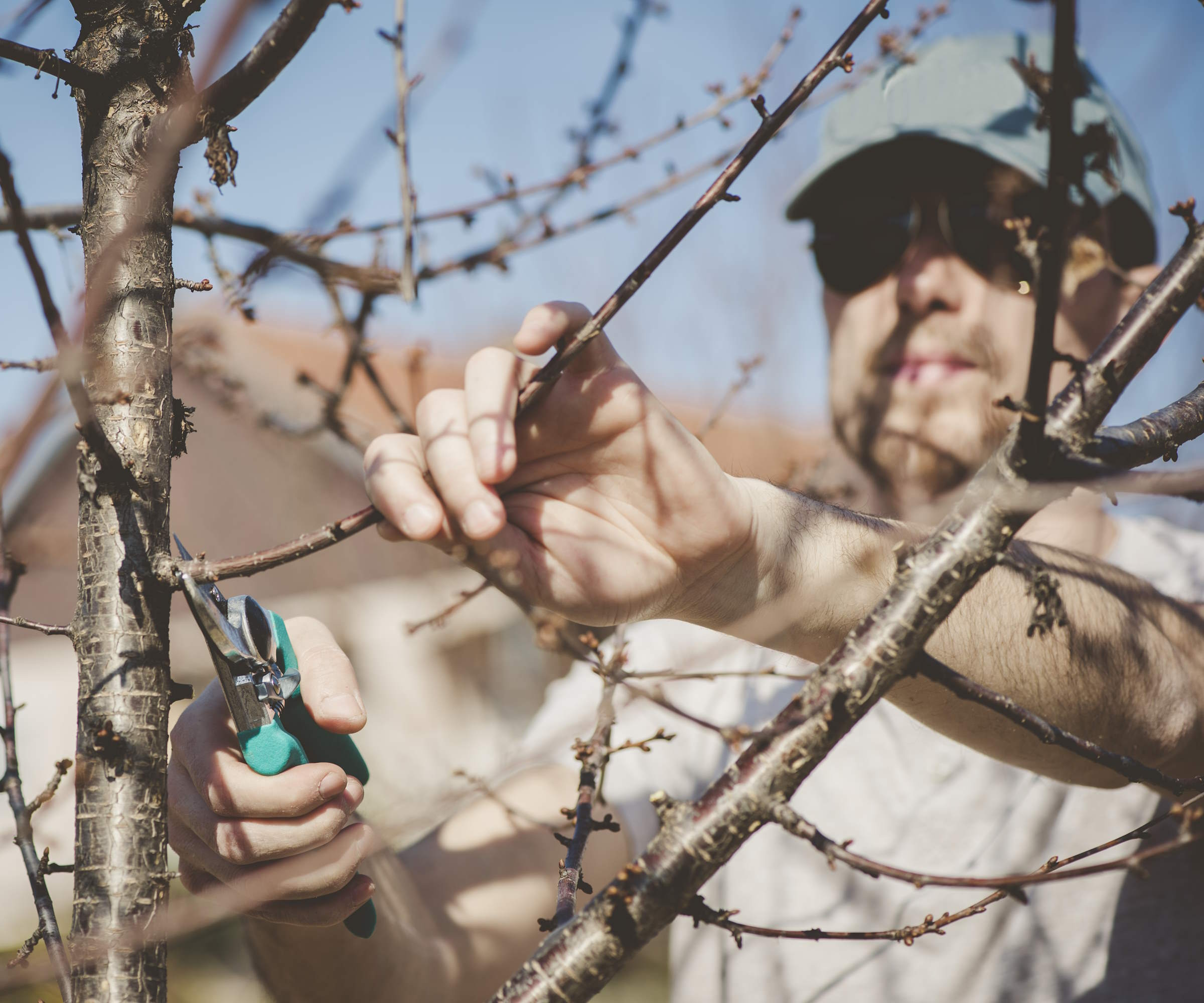
8 tree pruning mistakes to avoid
Pruning always needs to be planned, down to every cut you make. Rushing the job and not planning ahead can cause large-scale damage to trees. So here are some key tree pruning rules to follow to avoid making any mistakes.
1. Over-pruning
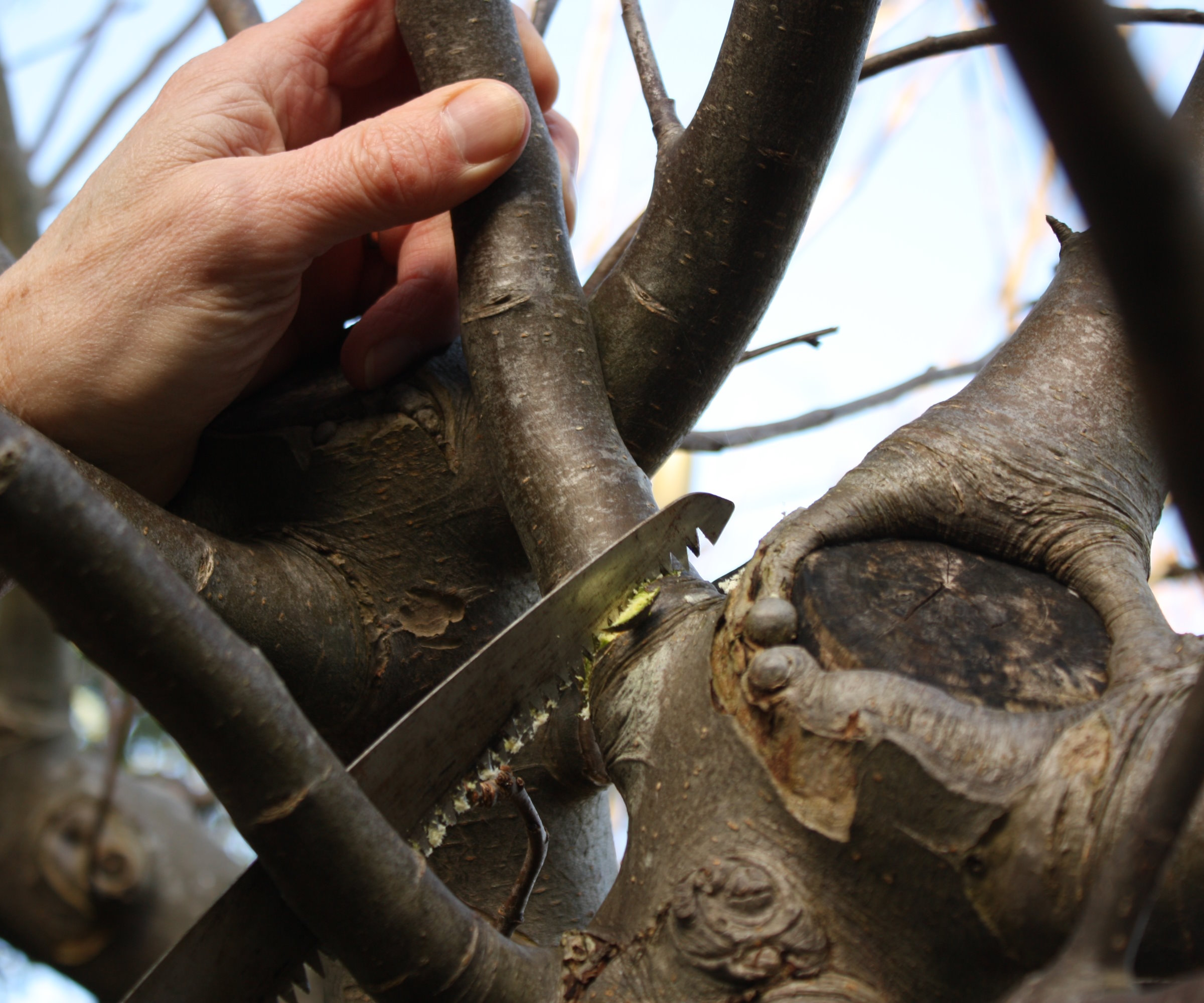
Removing too much material from the tree in one pruning session can cause major issues, especially as not all trees can tolerate heavy pruning. It is important to do your research before trimming to see how much your type of tree can cope with.
The safest bet should always be to show restraint when pruning trees, this should include considering the one-third pruning rule and planning any large-scale pruning to be done over a period of time. Removing more than 30% of any foliage will affect photosynthesis and also encourage the tree to put out lots of vigorous, and often weak, growth to replace those removed branches.
Tamara Hogan, plant expert at Fast Growing Trees, says that it can be ‘one step forward and two steps back’ if you over-prune a tree. She adds: 'Keep in mind that if you’re starting to prune a tree that hasn’t been managed before, it’s going to be at least a three year process to get your tree to the fully managed plant that you want it to be. Patience is definitely your friend when it comes to starting to prune something that hasn’t been touched before.'
2. Making improper cuts
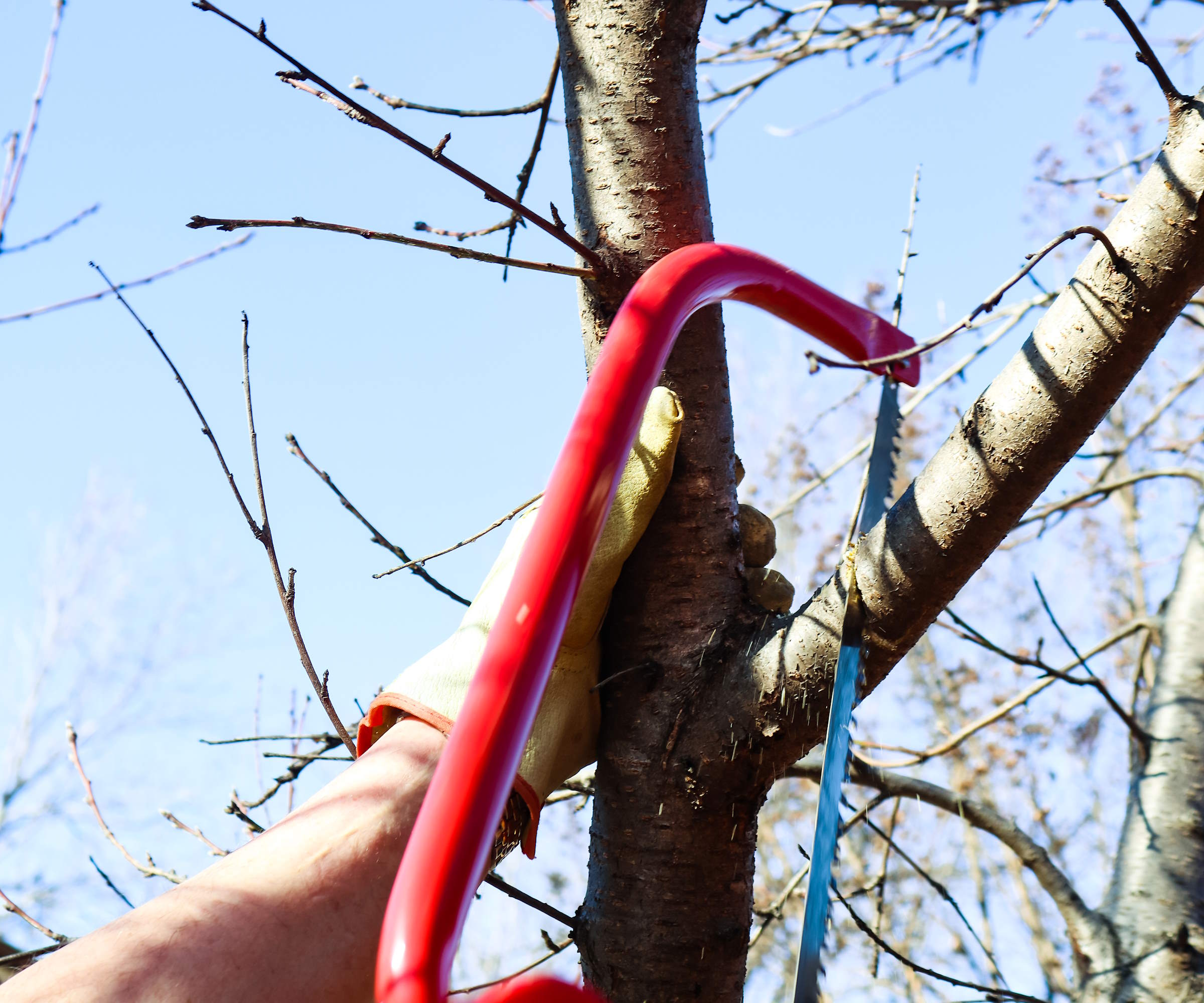
Lisa Tadewaldt, the owner at Urban Forest Pro, warns that making improper cuts is ‘the worst mistake you can make’. Correctly making any pruning cuts is vital, because failing to do so can damage the tree and it may struggle to heal those cuts quickly. This can put any tree at an increased risk of diseases.
Before making any pruning cuts, make sure you do understand how to prune tree branches correctly and, if you are in doubt or not confident about trimming, consider getting a professional in to do the task.
The most common mistakes people make is flush cutting and leaving stubs. Fern Berg, founder of Tree Vitalize, says: ‘It is essential to leave the branch collar intact when pruning back to the trunk of the tree. Removing the collar or ‘flush cutting’ will delay healing and promote decay. Likewise, leaving too large a stub can also become an entry point for pests and disease and delay the healing of the tree.’
3. Pruning at the wrong time
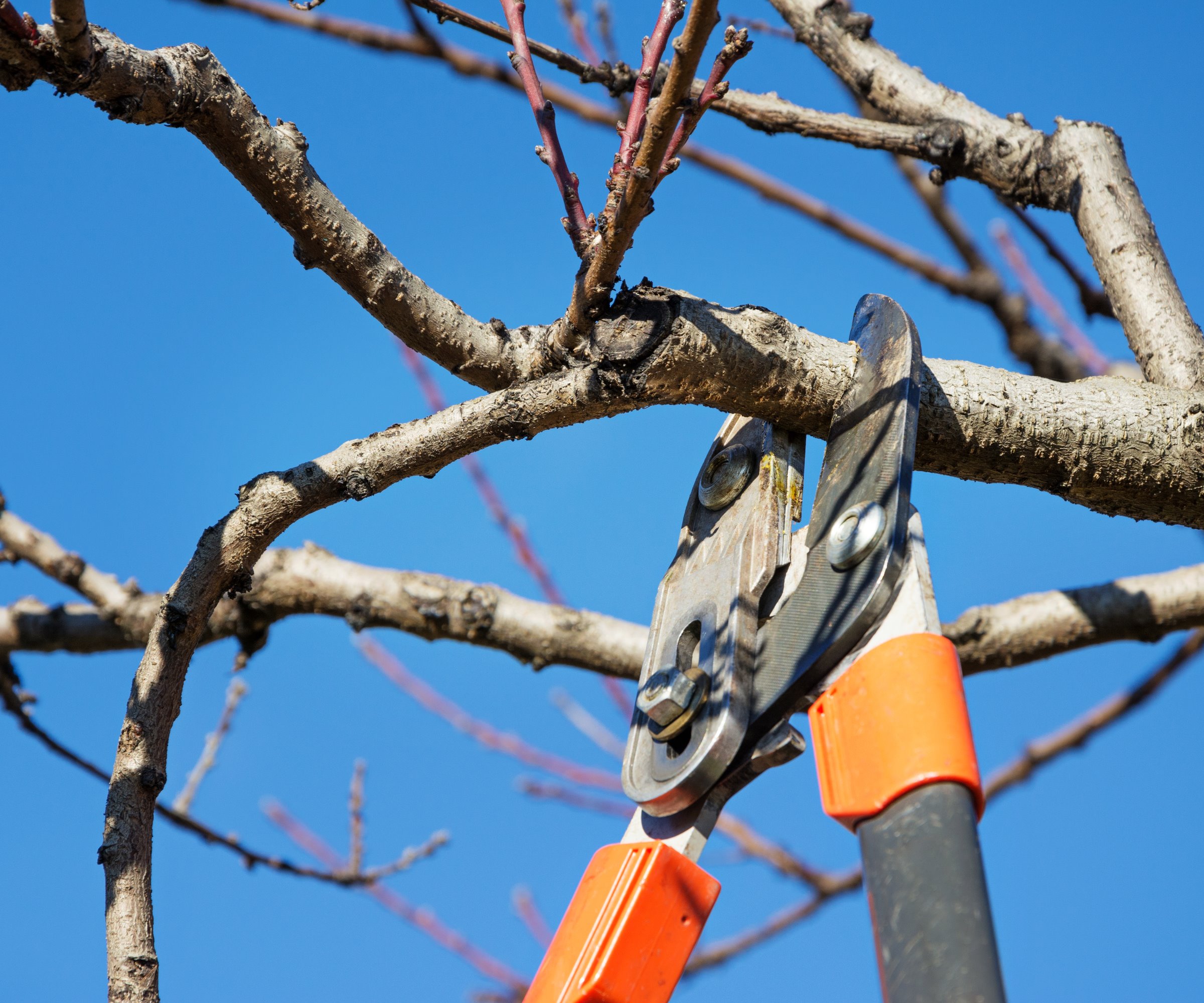
Getting the timing wrong can lead to a myriad of problems, including, but not restricted to, impacting on any flowering or fruiting, leaving trees more vulnerable to pests and diseases, and causing undue stress to the tree. That is why understanding when to prune trees is crucial.
Ben McInerney, founder at GoTreeQuotes, says: ‘While some pruning can be done at any time, major pruning should be done during the dormant season for most trees. Pruning during active growth or just before the dormant season can stress the tree and make it more susceptible to disease.’
Deciduous trees are one of those that are primarily pruned during their dormancy, though there are exceptions with popular types such as birch trees and flowering cherry trees. Evergreen trees are generally also best pruned in late winter or early spring, depending on your climate.
Always avoid pruning trees during periods of extreme cold or high heat as this will cause lots of stress to the tree and it could even cause death. It is also advisable to not prune during very wet conditions, as this increases the risk of fungal diseases affecting the tree.
4. Spreading disease
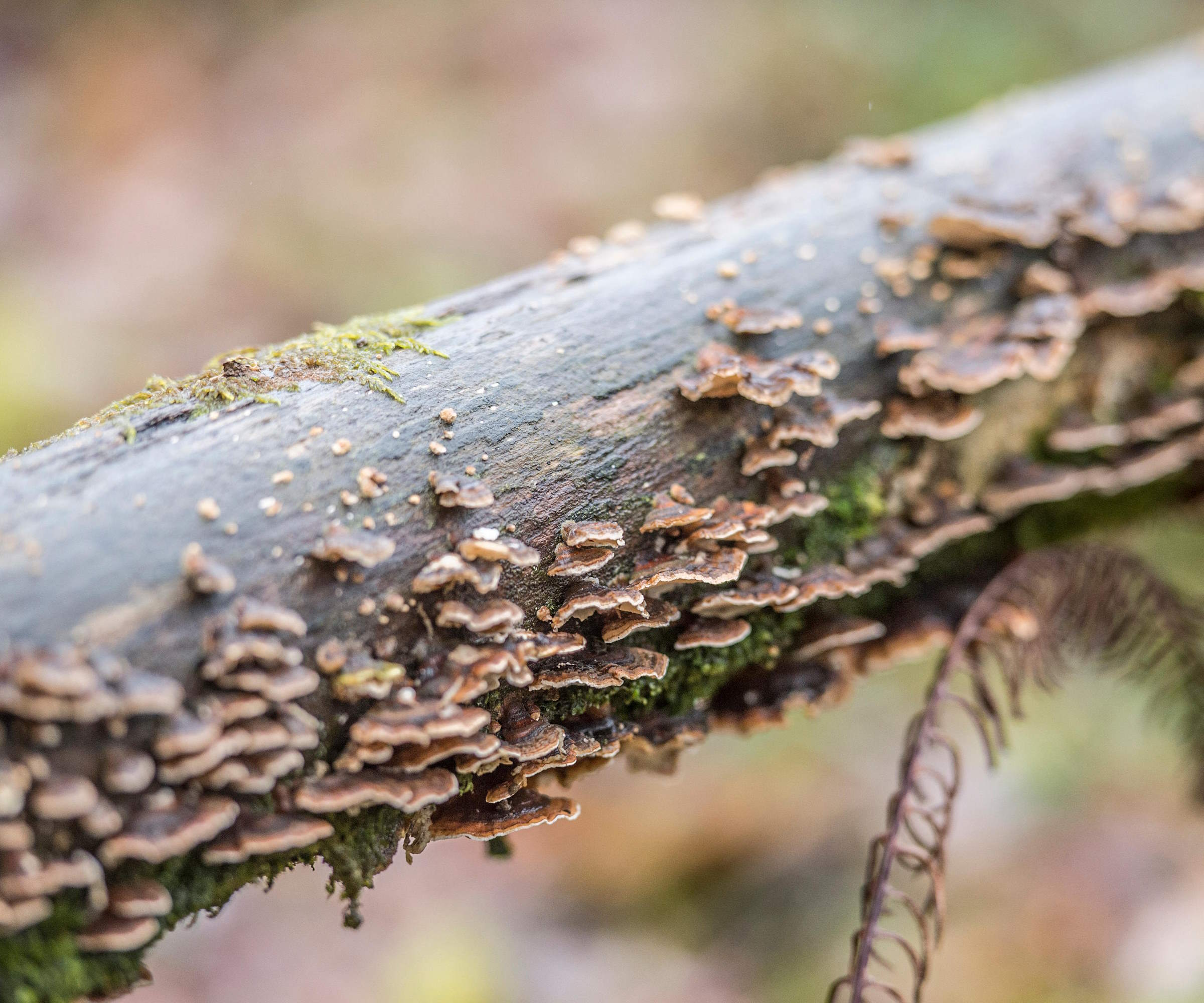
As well as avoiding pruning in the wet, due to potential issues with fungus, there are also certain trees that are more at risk to certain diseases at set times of year. For example, when planning when to prune fruit trees you should not trim stone fruit in winter - as they are more at risk of silver leaf disease. Another example is that oak trees are best pruned in winter, when the risk of oak wilt being spread by insects is lower.
The other way in which diseases can be spread to trees is via garden tools. Fern Berg warns that ‘not correctly cleaning and sterilizing your equipment between trees can result in the spread of disease’ around the garden. Always make sure that garden tools are clean before use and they are properly sanitized after each individual tree is trimmed.
5. Not using the right tools
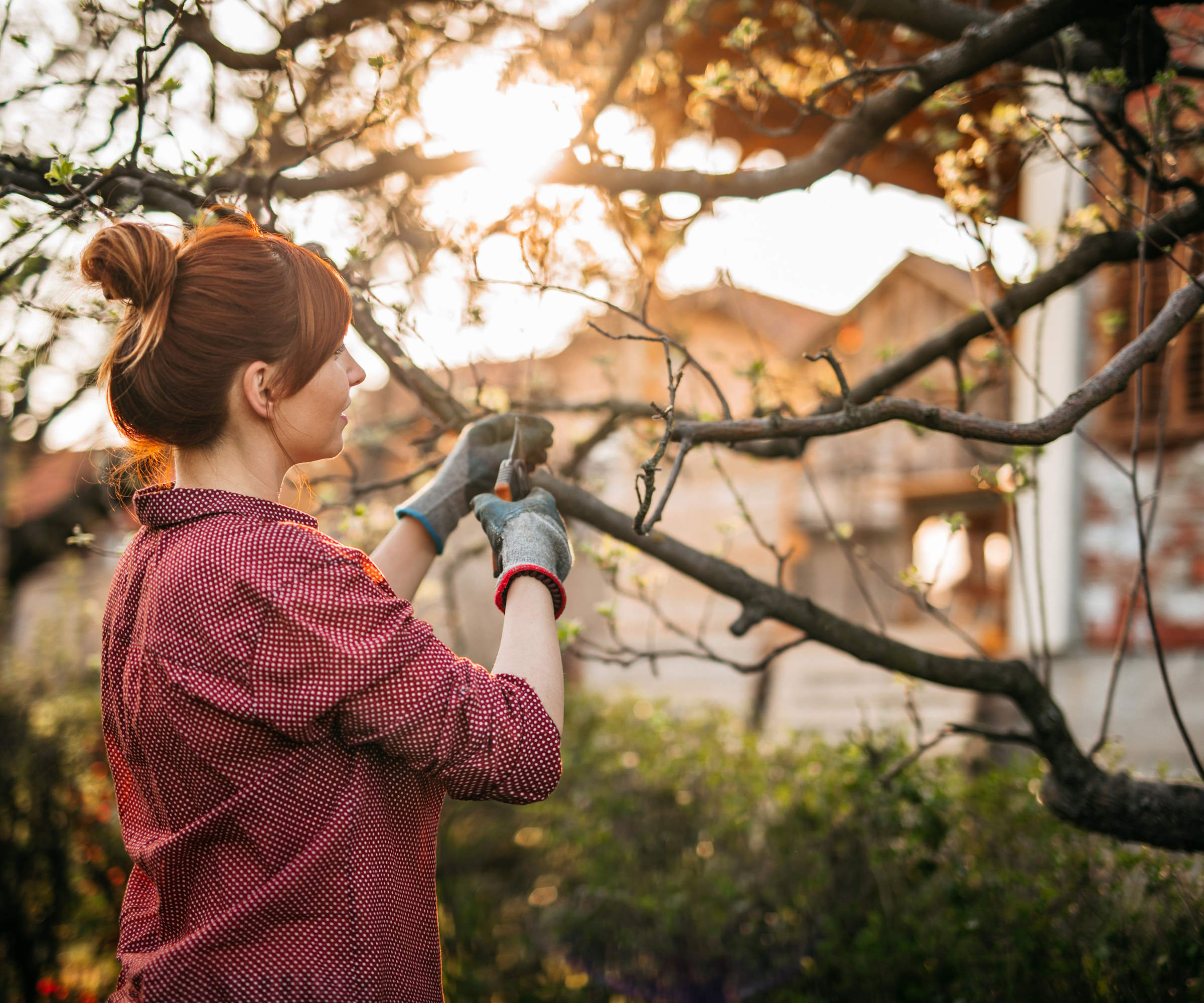
Pruning trees involves a combination of tools, each of which will be useful for cutting certain sizes of branches. The common gardening tools you need are a pair of pruning shears, loppers, and a pruning saw. A chainsaw may also be required, though only to be used by trained and experienced operators.
Each tool will have its limitations, for example, pruning shears are for small branches of up to around half an inch thick and loppers can tend to cut branches up to two inches in diameter. When cutting branches within their range, they will do the job simply and efficiently - provided they are sharp. However, try to get through a branch that is too thick and they will hack at it and cause damage. It may even end up with the blade of the tool getting stuck in the wood.
Continuing to slash away at a branch with the wrong tool will result in a wounded tree that will struggle to heal over the jagged and ugly cut. This will not only look bad, but the tree will be at more of a risk of pests and diseases as a result.
A heavy duty pair of branch cutters with a powerful ratcheting mechanism to through branches up to 3.5 inches in diameter
A pair of extendable loppers that extend from 25 to nearly 37 inches and cut through branches 1-5/8 inches in diameter
A folding pruning saw with a 10 inch blade for cutting branches up to 5-6 inches in diameter
6. Topping trees
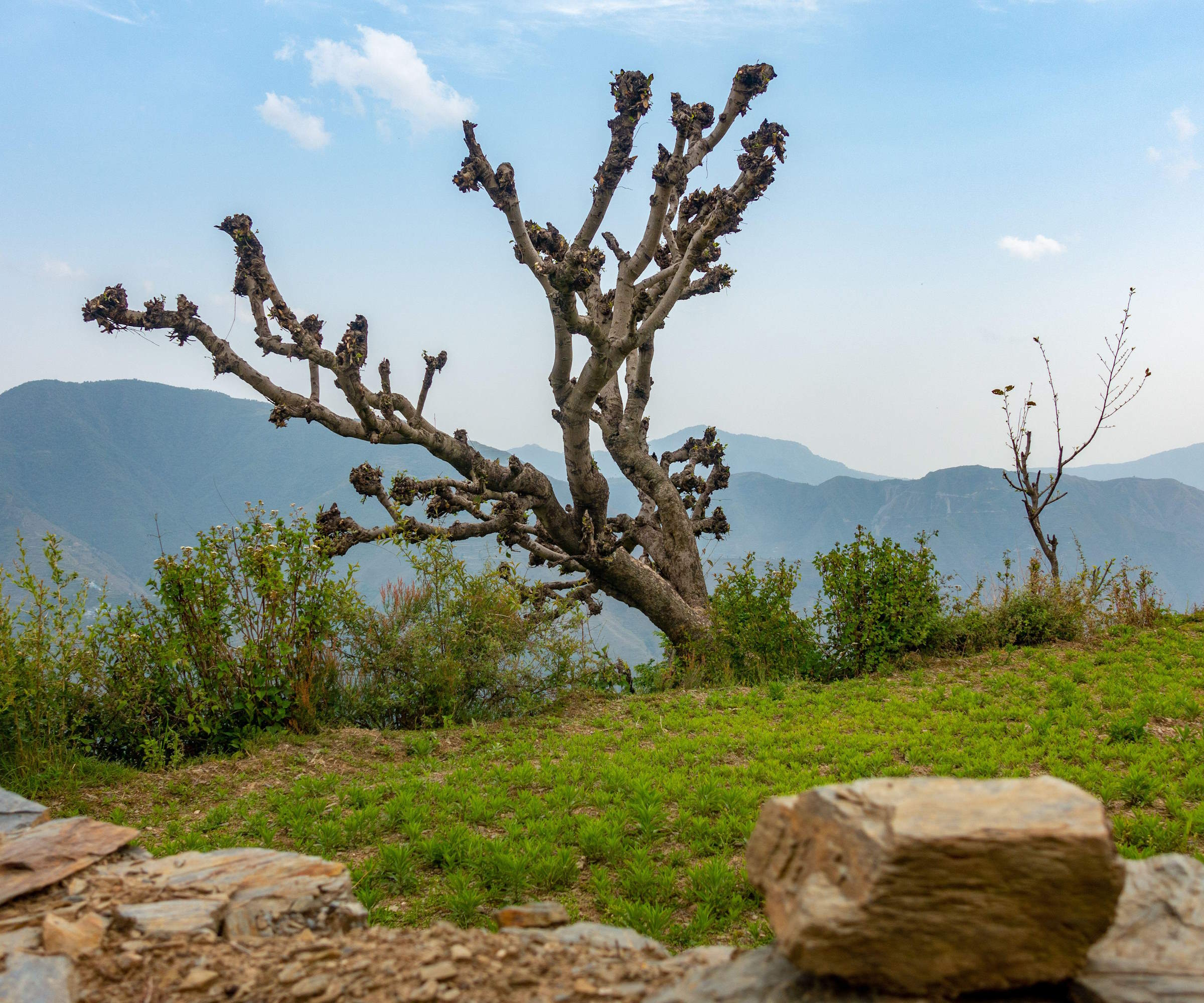
Topping a tree means to remove the central stem of a tree, along with the main branches in the upper canopy. It is done as a way to reduce the height of a tree, but is a process that damages its health as a result.
‘Topping a tree involves removing the crown of a tree where most new growth spurs from,’ says Ben McInerney. ‘This destroys a tree's ability to continue a normal growth pattern and allows epicormic growth to begin shooting from the crown. Epicormic growth in time will become unstable and dangerous, most likely requiring the complete removal of the tree.’
As well as hugely affecting the tree’s ability to put on healthy growth, a topped tree will look ugly - it will look unattractive in shape after being pruned and will then put out that slew of water sprouts at its top. The tree will also be under huge stress after being topped, potentially not be structurally sound, and end up being highly vulnerable to pests and disease.
7. Tearing the bark
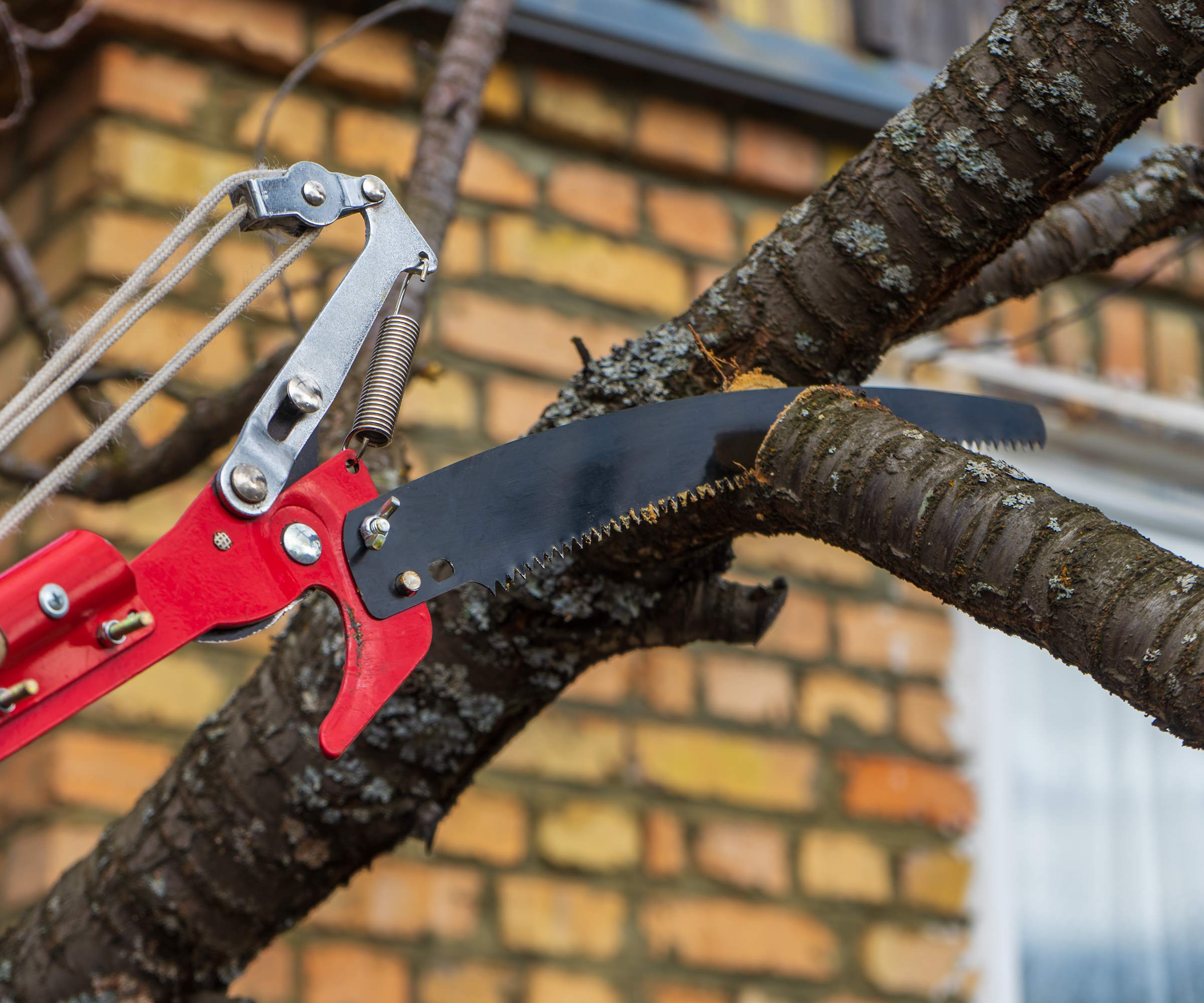
A common result of bad tree pruning is torn bark on the trunk. This is usually caused by trying to remove large branches in one go, which often results in the branch taking a section of bark with it as it falls. This not only leaves a big ugly scar on the trunk, but again makes the tree susceptible to pests and diseases.
It is always better to use a three-cut method to remove big branches. This is the best way to prune large branches without damaging the trunk of the tree, and also a very simple way to trim.
The method involves making a cut on the underside away from the joint between branch and tree, before cutting through from the top slightly further down the branch. The branch will break at the point the first cut was made, then it is simply the need to remove the remaining stub close to the branch collar.
8. Not addressing 3 D's
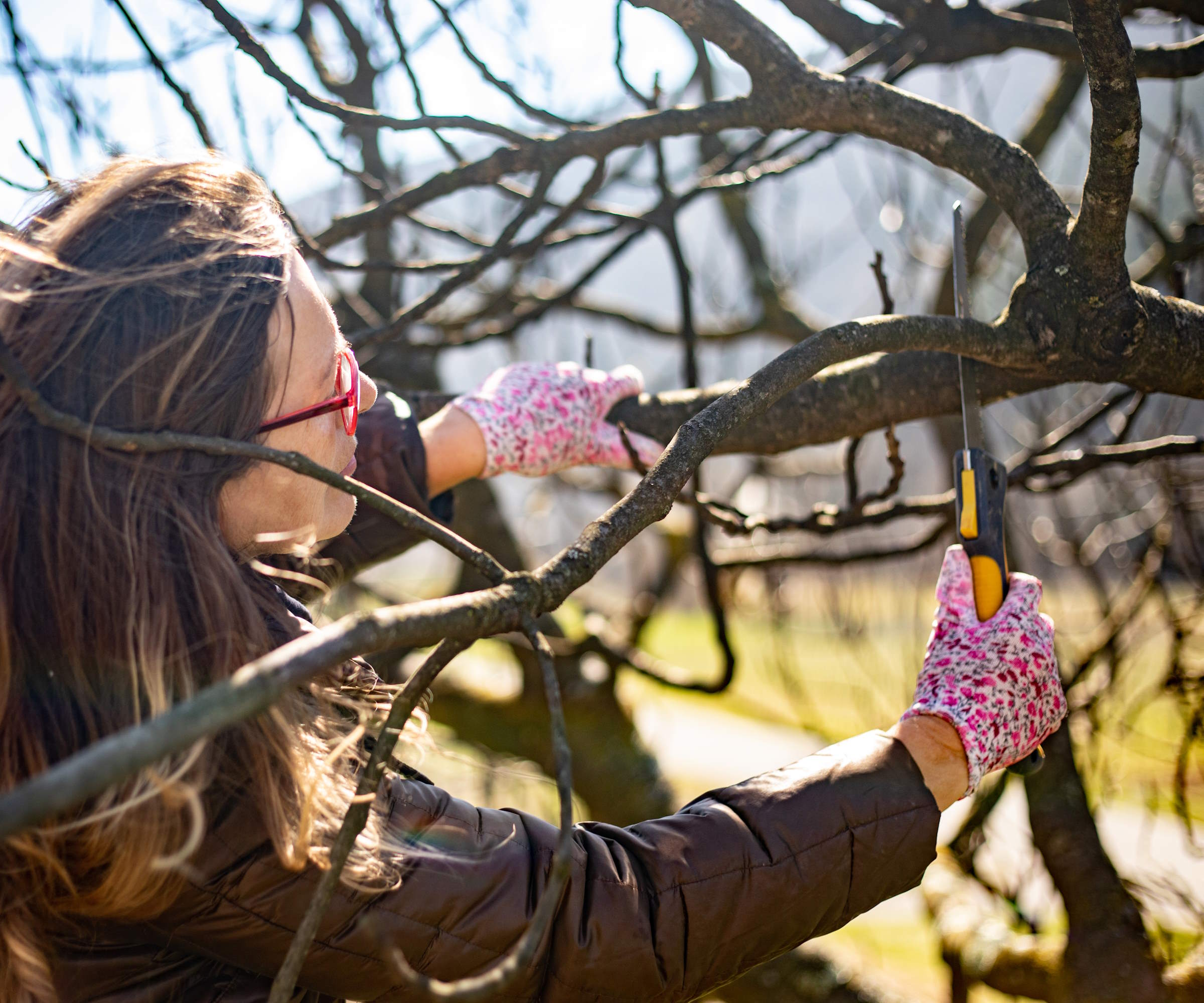
Pruning should always be done with a goal in mind, whether it is for aesthetics, to boost the production of fruit, or to increase flowering. No matter why you are pruning, before doing anything else you should look to remove all the D’s - namely any dead, diseased, and damaged branches.
The presence of any of these can impact on the future health of the tree, so are always best removed promptly. It is also beneficial to look for any branches that are not growing in the right directions or even rubbing on other branches. Any branches rubbing against each other can cause potential entry points for diseases down the line, so it is good to deal with any potential problems early.
FAQs
Will a tree grow back if you cut the top off?
A tree will grow back after being topped, however the resulting growth is often erratic and there can be lots of straggly and weak branches. This is due to the stressed tree trying to grow branches as quickly as possible, to replace the leaves removed by large scale pruning and be able to photosynthesise. These resulting branches may grow very quickly but not be as structurally sound as the original branches.
Remember to take it slowly and consider any pruning cut you make. Whether it is with trees, shrubs, or any other plant in your backyard, pruning involves trimming living material and trying to rush the job is never recommended.




